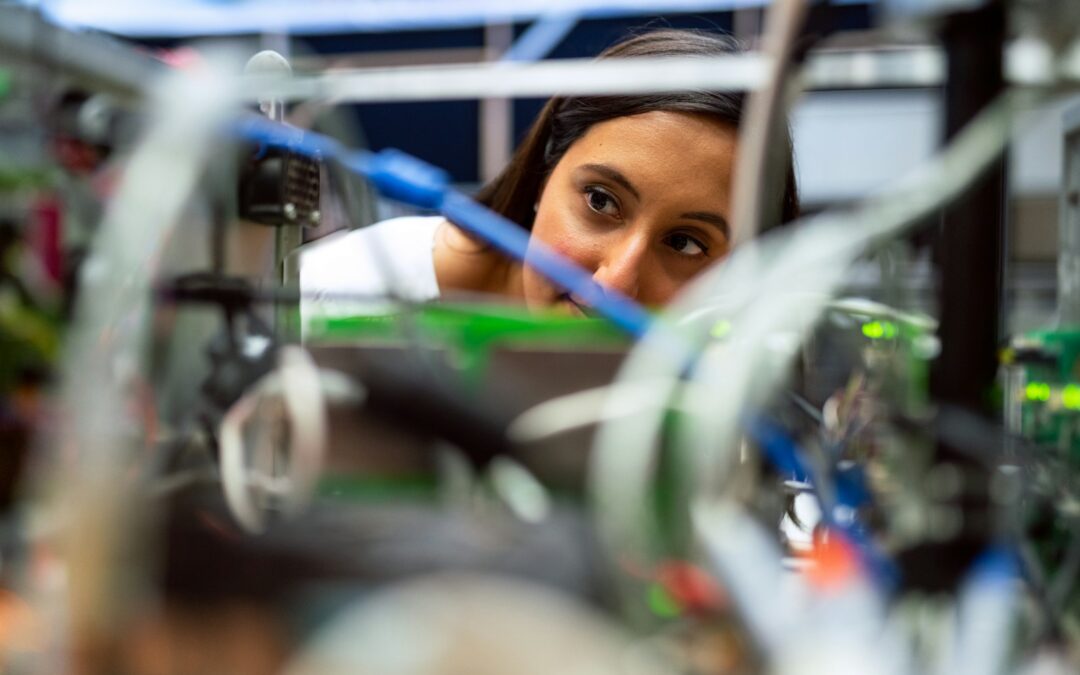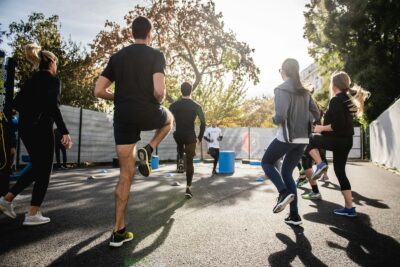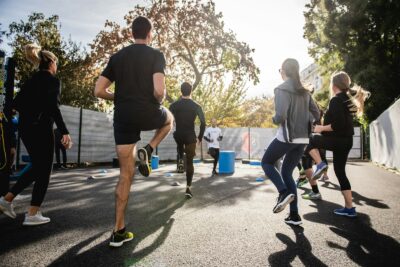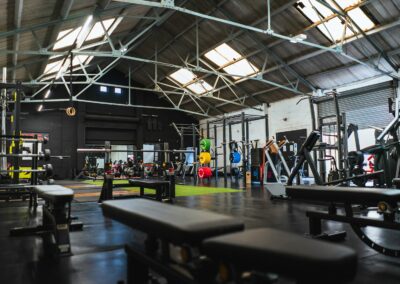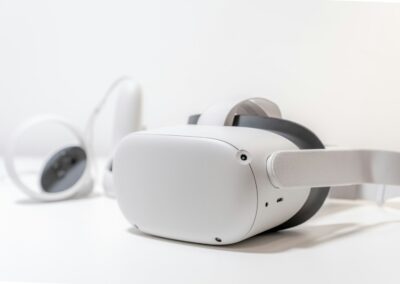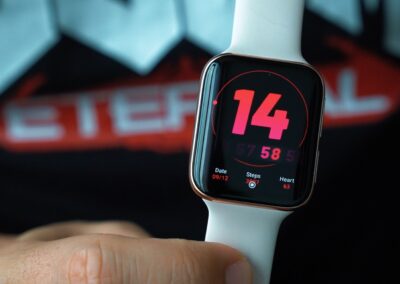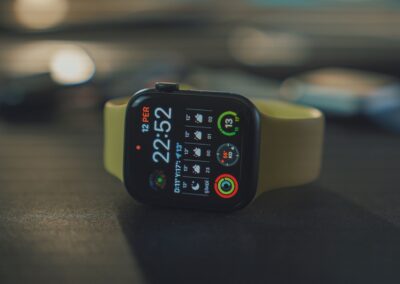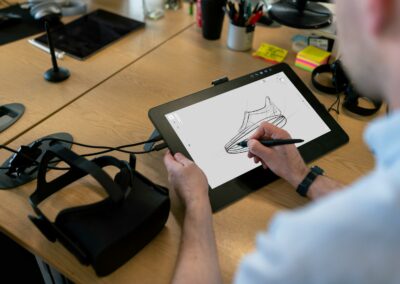The Rise of VR and AR in Fitness
Transforming Workouts with Virtual Reality
In recent years, innovative VR and AR fitness games have emerged as powerful tools for promoting physical activity and transforming traditional workouts. Virtual Reality (VR) and Augmented Reality (AR) technologies offer immersive experiences that make fitness more engaging and enjoyable. In regions like Saudi Arabia and the UAE, where there is a strong emphasis on integrating modern technology into various sectors, these advancements are gaining significant traction.
VR fitness games create a fully immersive environment that can transport users to different worlds while they exercise. For example, games like “Beat Saber” and “Supernatural” require users to perform physical movements such as squatting, lunging, and swinging their arms to interact with virtual objects. These games provide a full-body workout that feels more like play than exercise, making it easier for users to stay motivated and consistent with their fitness routines. In cities like Riyadh and Dubai, where innovation and technology are deeply valued, VR fitness games offer a fresh and exciting approach to staying active.
Moreover, VR fitness games often include real-time feedback and performance tracking, allowing users to monitor their progress and set personal goals. This gamification of fitness can lead to increased motivation and a sense of achievement as users see their improvements over time. By making workouts more interactive and rewarding, VR fitness games help individuals overcome common barriers to exercise, such as boredom and lack of motivation.
Augmented Reality: Enhancing Fitness Experiences
Augmented Reality (AR) fitness games also play a crucial role in promoting physical activity by overlaying digital elements onto the real world. AR fitness apps like “Zombies, Run!” and “Pokémon GO” have gained popularity for their ability to turn everyday environments into interactive fitness landscapes. These apps encourage users to walk, run, or bike to complete missions or catch virtual creatures, blending exercise with entertainment.
One innovative example of AR in fitness is the app “AR Runner,” which uses a smartphone’s camera to create virtual obstacle courses in the user’s surroundings. Users must navigate through checkpoints and avoid obstacles by performing physical movements like jumping and ducking. This combination of augmented reality and physical activity makes workouts more dynamic and enjoyable, encouraging users to be more active.
AR fitness games can also be used for group activities, promoting social interaction and competition. For instance, apps like “Ingress” and “Harry Potter: Wizards Unite” allow users to team up with friends and participate in cooperative or competitive missions. This social aspect of AR fitness games can increase motivation and make exercise a more enjoyable and communal experience. In bustling cities like Riyadh and Dubai, where social interactions and outdoor activities are integral to daily life, AR fitness games offer a unique way to combine technology, fitness, and socializing.
Effectiveness in Promoting Physical Activity
The effectiveness of VR and AR fitness games in promoting physical activity lies in their ability to make exercise more engaging and less monotonous. Traditional workouts can often feel repetitive and uninspiring, leading to decreased motivation and adherence. However, VR and AR fitness games transform exercise into an interactive and enjoyable experience, helping users stay committed to their fitness goals.
Studies have shown that gamified fitness experiences can lead to increased physical activity levels and improved fitness outcomes. The immersive nature of VR and AR fitness games captures users’ attention and encourages them to push their limits, resulting in more intense and effective workouts. Additionally, the variety of virtual environments and challenges keeps users engaged and prevents workout routines from becoming stale.
In regions like Saudi Arabia and the UAE, where technological innovation is a priority, the adoption of VR and AR fitness games aligns with broader goals of enhancing quality of life and promoting healthy lifestyles. By leveraging cutting-edge technology, these games provide a modern solution to the global challenge of physical inactivity. As cities like Riyadh and Dubai continue to embrace technological advancements, the integration of VR and AR in fitness is poised to play a significant role in shaping the future of exercise and wellness.
Conclusion: Embracing the Future of Fitness
In conclusion, innovative VR and AR fitness games are revolutionizing the way we approach physical activity. By offering immersive, interactive, and enjoyable workout experiences, these technologies make it easier for individuals to stay motivated and consistent with their fitness routines. In regions like Saudi Arabia and the UAE, where the fusion of technology and daily life is increasingly prevalent, VR and AR fitness games represent a significant step forward in promoting health and wellness.
As technology continues to evolve, the potential applications of VR and AR in fitness will expand, offering even more sophisticated and engaging ways to stay active. For business executives, mid-level managers, and entrepreneurs involved in the fitness industry, investing in VR and AR technology presents a unique opportunity to innovate and drive success. By embracing these advancements, stakeholders can contribute to the development of a healthier and more active society, while also capitalizing on the growing demand for cutting-edge fitness solutions.
—
#VRFitness, #ARFitness, #VirtualReality, #AugmentedReality, #FitnessTechnology, #PhysicalActivity, #SaudiArabia, #UAE, #Riyadh, #Dubai, #ModernTechnology, #BusinessSuccess, #Leadership, #ProjectManagement

